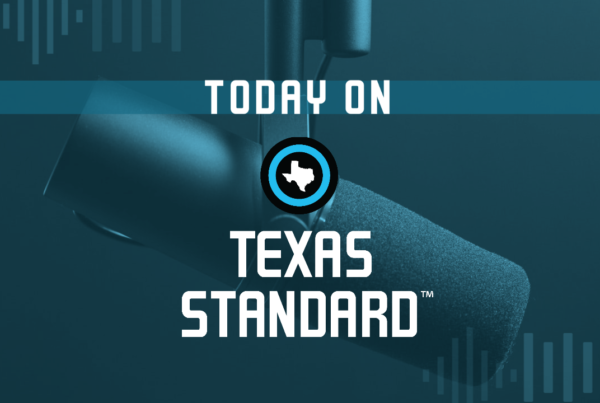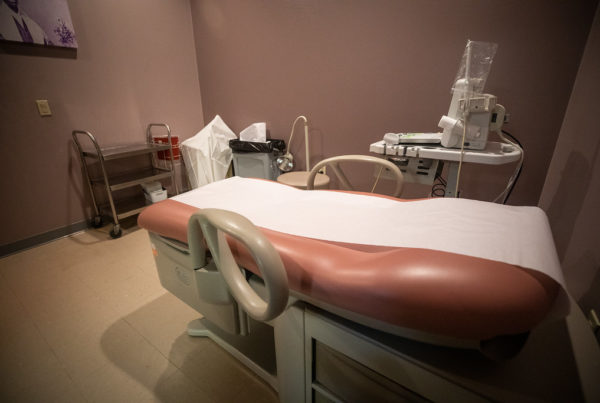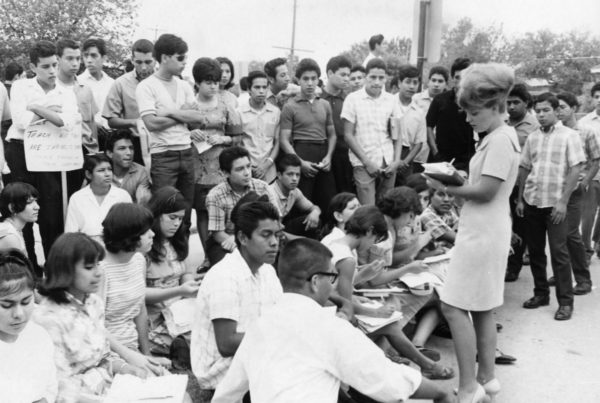Ralls resident Angela Arthur may only live 30 minutes away from Lubbock, but she told lawmakers at a recent Texas House redistricting committee hearing that the communities could not be more different.
“We have no major businesses outside of the local co-op,” Arthur said. “Our churches, schools and hospitals just struggle to stay open.”
The population in Crosby County, where Arthur lives, dropped more than 15% since the last U.S. Census in 2010. Today, just over 5,100 people call the county home. That kind of decline in population can be seen in small communities across Texas.
During her testimony, Arthur pleaded with elected officials to keep rural counties with common interests together while they redraw political district maps during the third special legislative session. She worries that merging her agricultural community with more urban ones will affect the quality of representation she and her neighbors get at state and federal levels of government.
“It may seem like our county is not concerned about this issue or where or what we’ll be paired with. This is not the case,” Arthur said. “I don’t want our county needs to be overlooked and underserved because of our size and population.”
Experts say Arthur’s concerns are not unfounded. But given population changes in rural Texas — and that districts must be contiguous, as in all connected to other parts of the district — there’s not much wiggle room for those drawing the maps.
When you look at voting district maps, the lines jut through geographies, creating sometimes very strangely shaped voting blocks. You’ll see smaller ones in bigger cities and larger, sometimes massive, ones where fewer people live.
Texas Tech University Political Science Professor Mark McKenzie said that’s because having equal populations in each district is just about the only rule states have to follow during the mapmaking process. There used to be provisions to protect voters of color from discrimination. That requirement was removed in 2013.
“States can totally ignore when one community is totally different in terms of economic and geographic interests compared to another community,” McKenzie said. “None of that really has to matter.”
In West Texas, the U.S. Congressional map stands to see the most lines changed to meet population requirements. Chris Macaulay, a political science professor at West Texas A&M University, explained that each district has to have roughly 766,000 constituents.
“The Lubbock area one, that one’s standing at about 731,000 people. The Amarillo down to Wichita Falls district, it’s standing at about 707,000,” Macaulay said. “So that means that about 100,000 more people are going to need to be added to what is now West Texas.”
Draft maps released Monday shows District 19 still includes Lubbock, and also added rural territory from its northern and southern neighbors. District 13, which already covers 40,000 square miles of land and is the second-largest geographical district in the state, stretches into Denton County.
These expanding districts, Macaulay said, could leave Texans in between population centers with a quieted voice in political matters.
“For a more rural district like the 13th and 19th, it’s only going to dilute their representation even more,” Macaulay said.













